10 Most Common Phobias
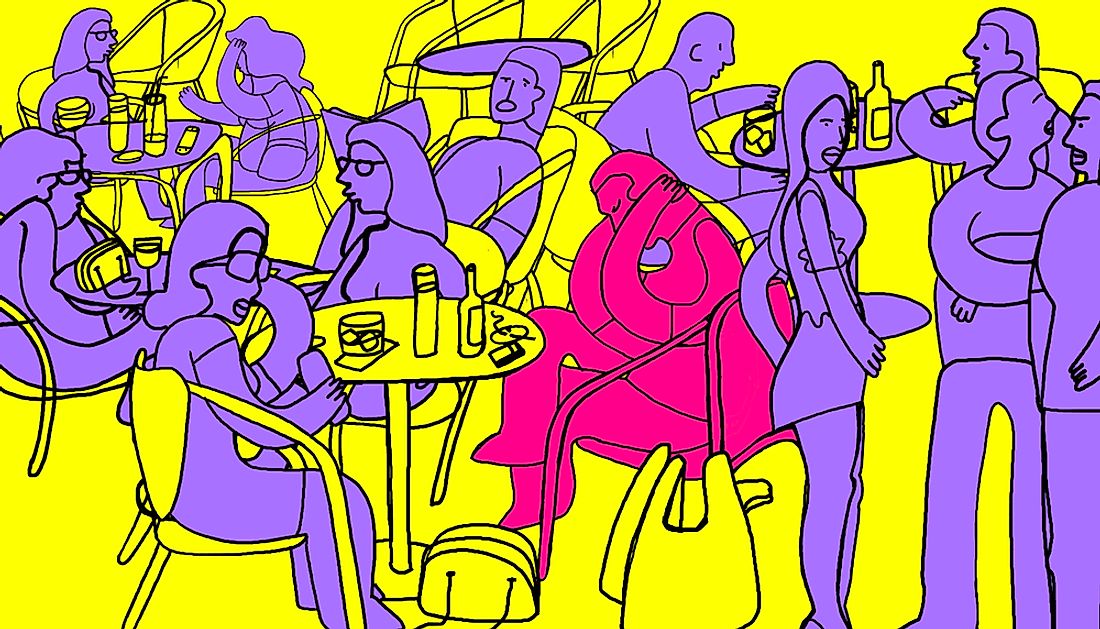
Phobia is a type of anxiety disorder in human beings which is characterized by the persistent fear of objects and situations. Approximately 9% to 18% of people in the US are thought to struggle with one or more phobias. For a fear of an object or situation to be considered a phobia, it has to be long-lasting, for six months or more. Victims of phobia usually take caution and sometimes even dangerous measures to avoid contact and experience with their cause of fear. The fear is developed after a horrible experience, either to the victim or somebody else, the fear might be genetic and inborn, or it might develop after a negative experience. Some of the most common phobias are discussed below.
10. Mysophobia

Mysophobia is the fear of dirt due to contamination by bacteria and germs. The phobia is also referred to as verminophobia, germophobia, bacillophobia, or bacteriophobia. Bacteriophobia and bacillophobia specifically refers to the fear of exposure and contamination to bacteria and microbes in general. Mysophobia is characterized by victims constantly washing their hands. In fact, some of the victims go to an extent of owning a collection of disinfectants reserved for washing their hands.
9. Agoraphobia
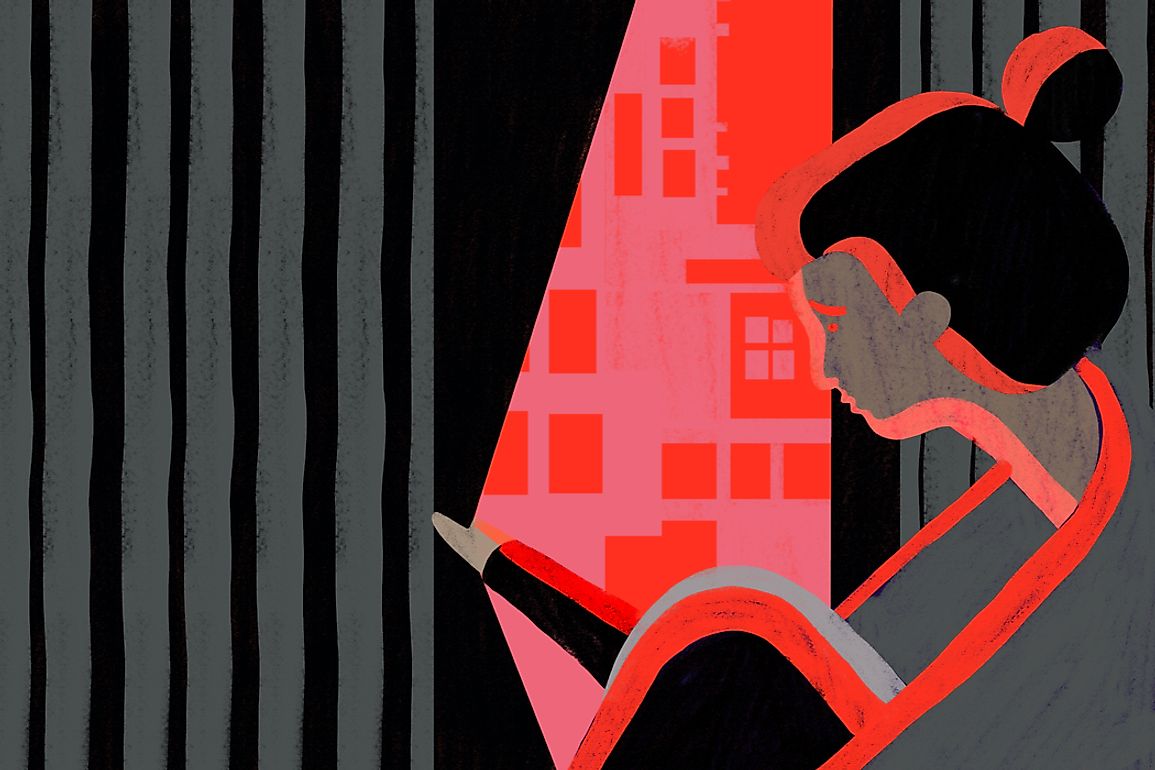
Agoraphobia is an anxiety disorder whereby the victims perceive certain environments outside their residence as unsafe. They may have fear of going to public places, shopping malls, or open spaces. The victims will always try their best to avoid these places, with some unable to leave their homes. Agoraphobia may be caused by genetic and environmental factors. The victims may fear certain places because someone close to them was hurt or killed while in those places. It has also been known to be hereditary. Agoraphobia can be suppressed by counseling the victims and putting them through Cognitive Behavioral Therapy (CBT).
8. Social Phobia
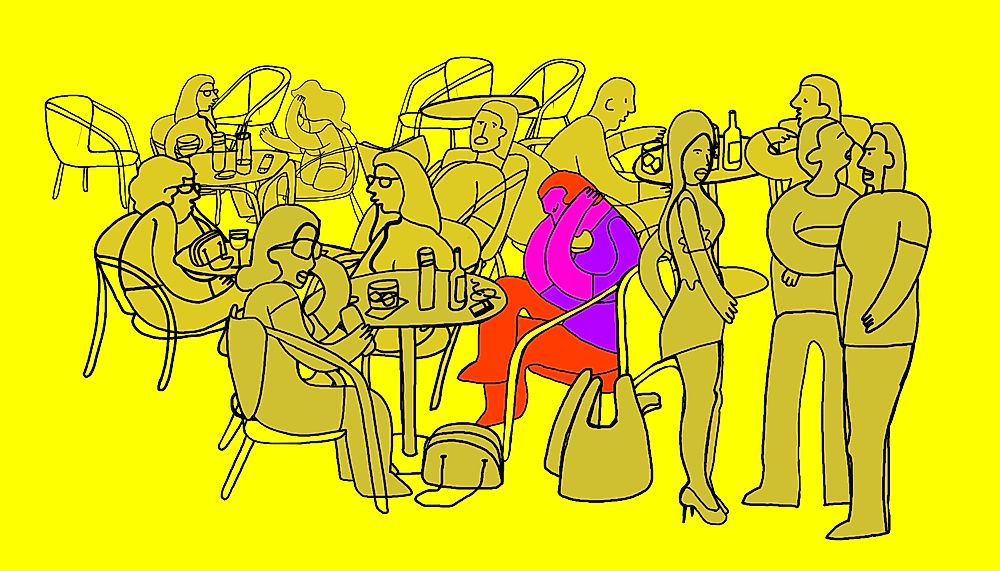
Social phobia is also known as social anxiety disorder. It is characterized by extreme fear and anxiety of being in a social event or situation. Social phobic individuals have traits that exceed normal levels of shyness that people might experience when they are in a social situation. They are extremely afraid to engage in a conversation with a stranger. The affected people are extremely afraid of being the center of attention or afraid of behaving in a way that would be embarrassing and humiliating to them. The victims usually have signs such as blushing, stammering, excessive sweating, nausea, or trembling when they are in social places. In extreme cases, some victims experience panic attacks.
7. Trypanophobia
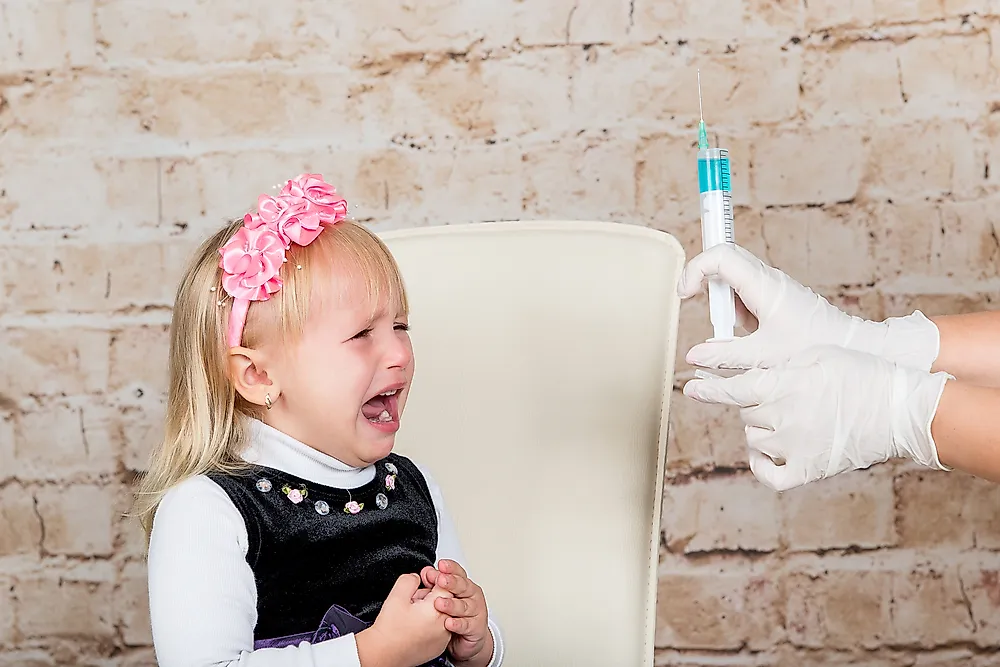
Trypanophobia is the extreme fear of a medical procedure that involves injections and hypodermic needles. Those who have this phobia go to an extent of avoiding blood tests and medical care even if they are extremely sick for the fear injection. An estimated 10% of American adults suffer from trypanophobia. When about to be injected, the affected people get extremely irritated and experience symptoms like excessive sweating, nausea, high heart beat rate, and in extreme cases the victims might faint. Some of the victims get irritated when they see another person undergoing medical procedures that involve injections.
6. Astraphobia
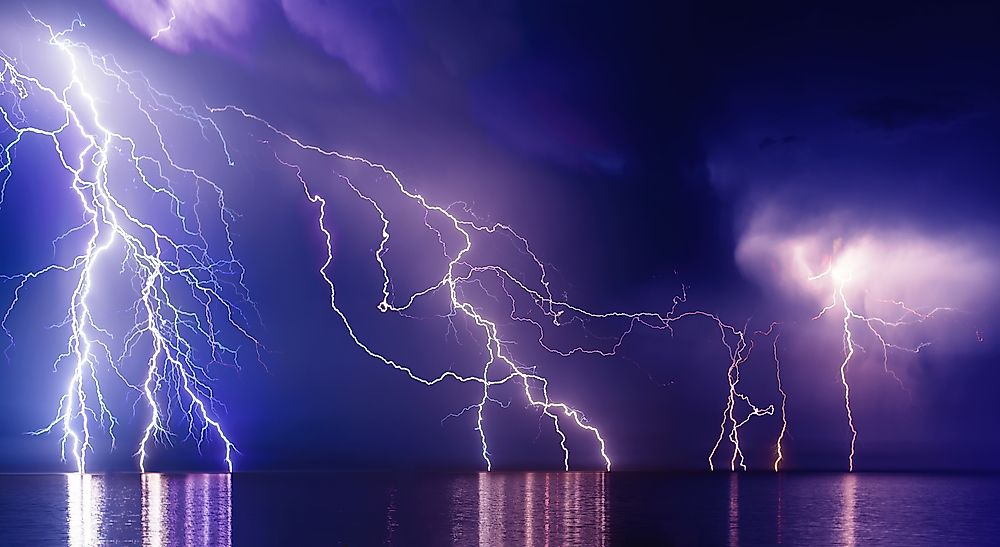
Astraphobia, also known as astrapophobia, brontophobia, keraunophobia, or tonitrophobia, is the fear of lightning and thunder. It is developed by both human beings and other animals. Animals that mostly experience astraphobia are dogs and cats. Even if the threat is minimal, the affected persons will feel very anxious. During the storm, the victims can feel nauseated, cry, tremble, sweat excessively, sudden and urgent need to urinate, and a rapid heartbeat. The fear is usually more intense when the victim is alone. They often cover their ears with their hands and seek for extra shelter during thunderstorm. They may hide under a bed or in a closet to help them suppress the sound and light. They are usually alert to get news and updates on weather forecasting and will rarely go out without checking weather updates. Repeated exposure to lightning and thunder helps to build immunity.
5. Cynophobia
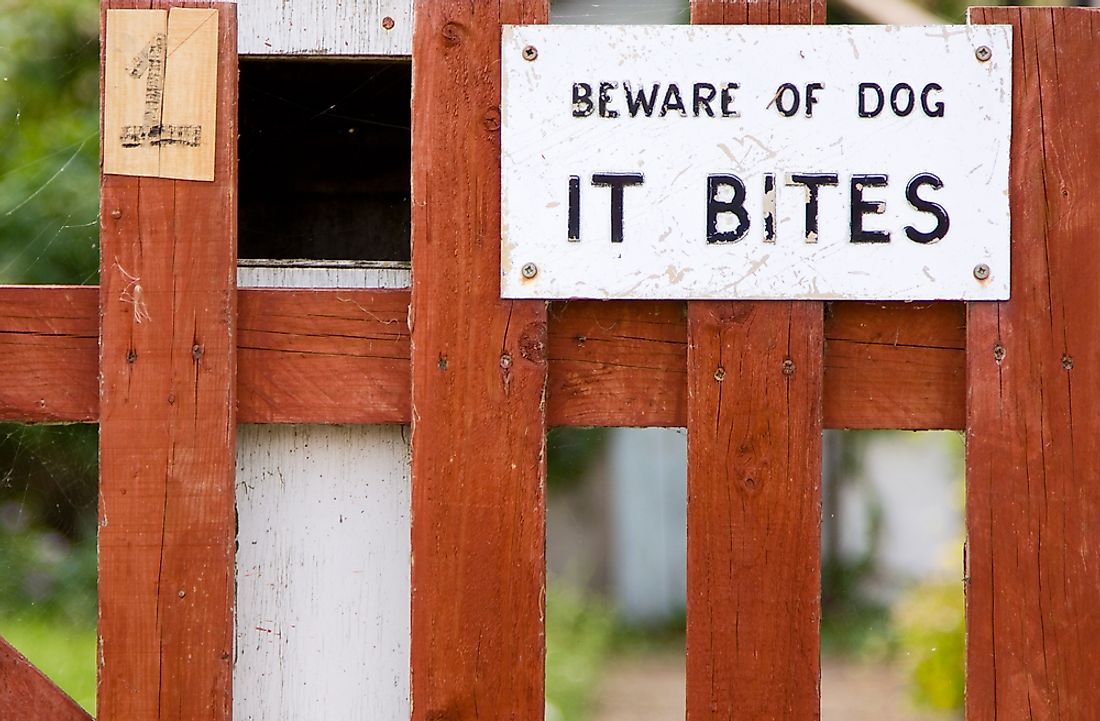
Cynophobia is the fear of dogs. The victim may also be freaked out by just looking at the photos of dogs. More females are affected by this phobia than males. In fact, most adults that have cynophobia may have developed it during childhood, especially between the ages of 5 to 9 years. Cynophobia often develops after a victim has a nasty experience with a dog, such as being bitten or chased, or after hearing horrible stories about dogs from other people.
4. Aerophobia

Aerophobia is the fear of flying. The victims of aerophobia get anxious and very afraid at the mere thought of being in an airplane or a helicopter. They often try their best to avoid journeys that would involve air travel. In extreme cases, the victims could vomit or get panic attacks at the sight or mention of air travel. They become very irritable and distressed when a planned air travel approaches. Constant air travel helps eliminate aerophobia. Cognitive Behavioral Therapy can also be administered.
3. Acrophobia
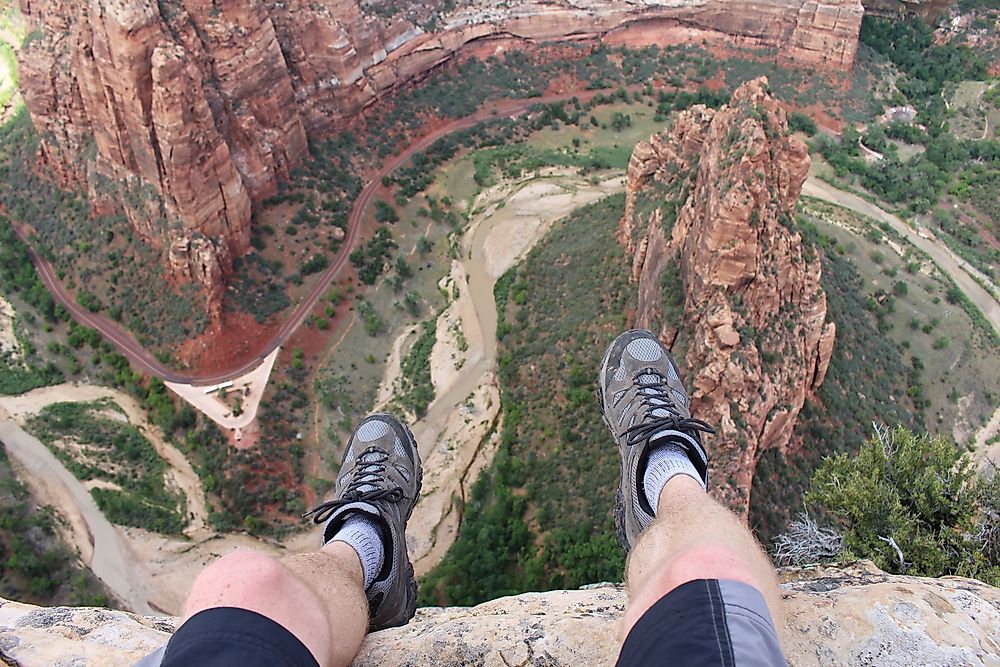
Acrophobia is the fear of heights. Most with acrophobia get extremely nervous and anxious when they are in an elevated place. Although the place might not be considered very high by other people, to the acrophobic it can still be a source of extreme fear. The fear comes with the thought of falling, and symptoms begin to subside when back on the ground. While in high places, they sweat excessively, experience panic attacks, increased heartbeat, and might even pass out. Antidepressants and ant-anxiety drugs can be administered to help reduce the fear.
2. Ophidiophobia
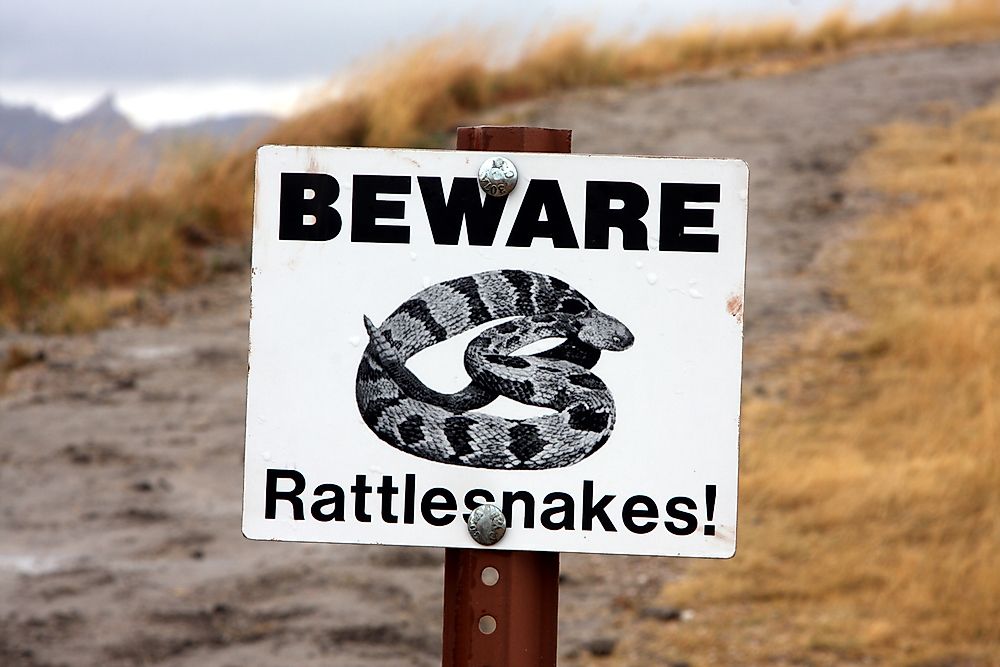
Ophidiophobia is the fear of snakes. The victims get freaked out by the fear of venom or being bitten by snakes. It is the most common phobia reported by most people. In fact, researchers have found out that up to one-third of human beings are ophidiophobic. The victims not only fear live snakes, but also get extremely scared by just watching a snake video or looking at snake pictures. The fear is more common in adults than children. In fact, children have been found to play around with snake not knowing the dangers they might be exposing themselves to.
1. Arachnophobia
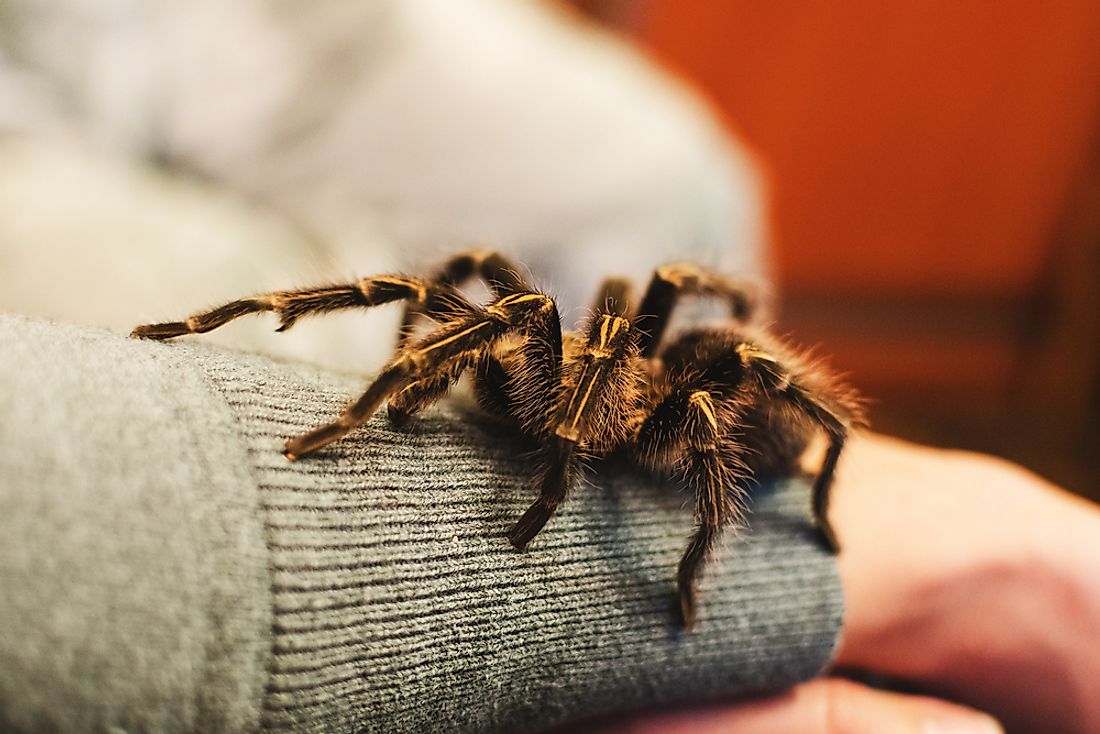
Arachnophobia is the fear of spiders and other arachnids such as scorpions. It is one of the most common phobias. The victims usually get panic attacks, faint, sweat excessively, cry, or scream at the sight of spiders and other arachnids. In some extreme cases, just a sight of a web or drawings of spiders triggers a sudden outburst of fear. Some victims have been known to take bold steps such as burning down a house to get rid of a spider. The victims go a long way in trying to avoid a place that they think could harbor spiders. Sedatives and espouser therapy can help reduce arachnophobia.











